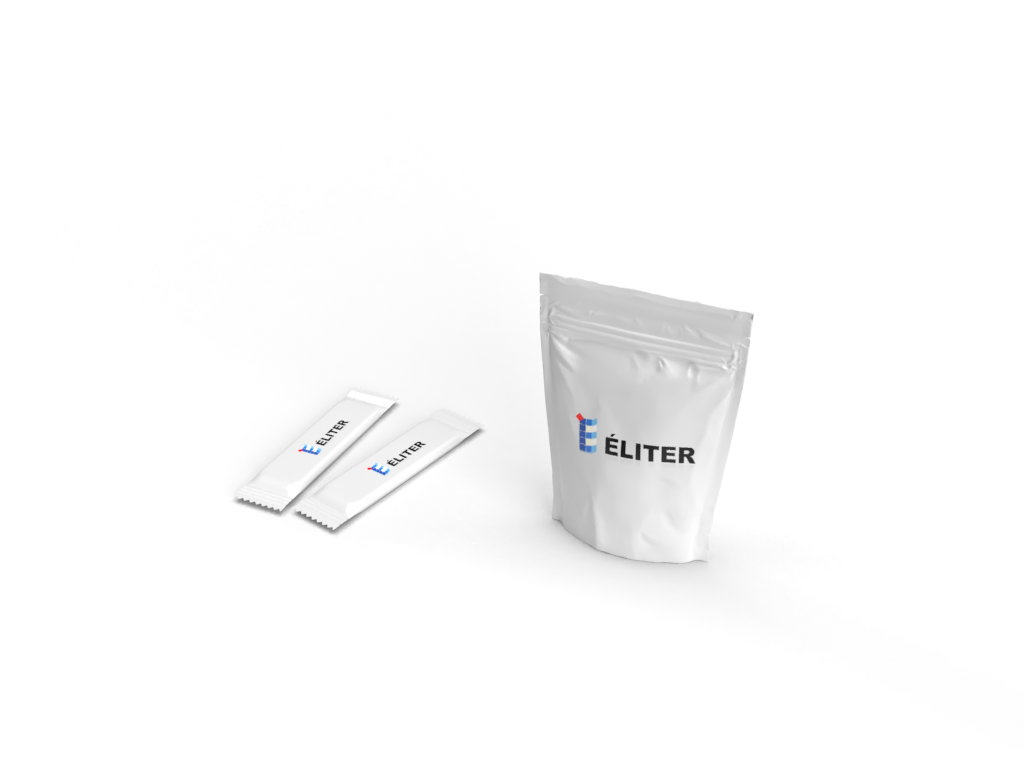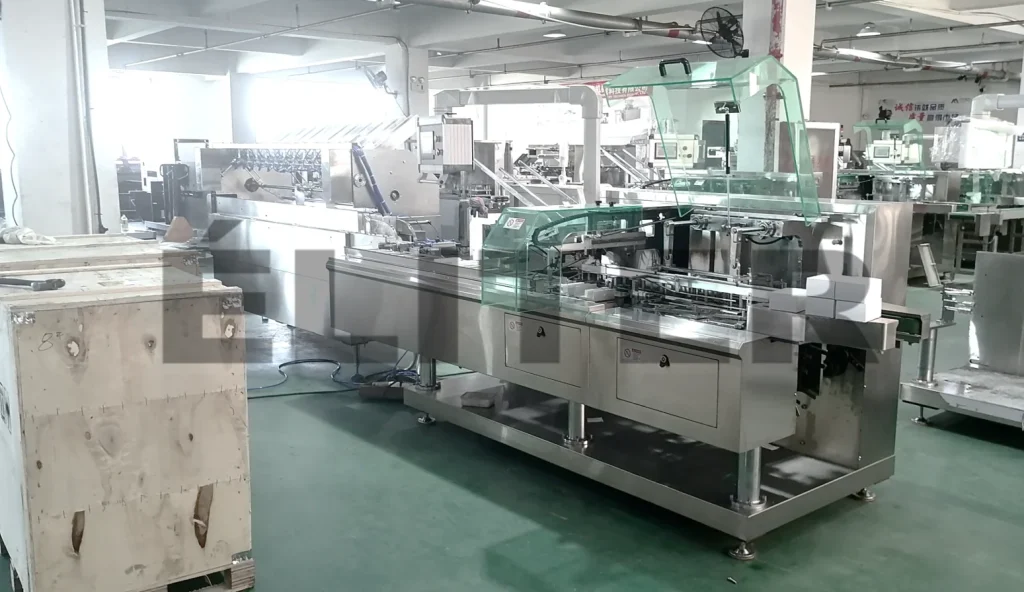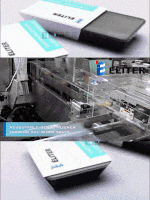Working Principle of Sachet Cartoning Machine
2023-10-14
What are Sachets?
Sachets are small packets or pouches that contain a variety of items such as powdered substances, toiletries, condiments, or fragrance products. They are typically made of porous materials like fabric or paper and are often sealed with heat or pressure. Sachets are commonly used for packaging single-use products or for providing small portions of a particular item. They can be found in various industries including food and beverage, pharmaceuticals, cosmetics, and household products.

Do you know that sachet is different from a pouch? Check here to find the differences between sachet and pouch.
For Which Products Are Sachets Used as Primary Packaging?
Sachets are commonly used as primary packaging for a variety of products. Some of the products for which sachets are commonly used as primary packaging include:
-
Single-use powdered beverages: Sachets are often used to package instant coffee, tea, hot chocolate, energy drinks, or powdered juice mixes. They provide convenience and ease of use for consumers to prepare a single-serving drink.
-
Shampoo and conditioner: Sachets are frequently used to package single-use portions of shampoo and conditioner. They are popular in hotels, gyms, and travel kits, providing a convenient and lightweight option for consumers on the go.
-
Sauce and condiments: Sachets are commonly used to package small quantities of sauce, ketchup, mustard, mayonnaise, or other condiments. They are often included in take-out meals, fast food restaurants, or for use in picnics and outdoor events.
-
Personal care and cosmetic products: Sachets are used to package a variety of personal care and cosmetic products such as face masks, hair dye, lotions, creams, serums, or body wash. They provide a single-use portion, making them convenient for travel or trial purposes.
-
Medications and supplements: Sachets are utilized for packaging single-dose medications, vitamins, or supplements to ensure accurate dosage and hygienic intake.
-
Perfumes and fragrances: Sachets can contain small portions of perfumes or fragrant oils, often used as samples or travel-sized options. These sachets may be placed in drawers, closets, or storage areas to impart a pleasant scent.
-
Cleaning products: Sachets are used to package small amounts of cleaning products such as laundry detergents, dishwashing liquids, or surface cleaners. They provide convenience and reduce waste by offering precise portions for each use.
Why Sachets are Packed in Folding Cartons?
Folding cartons are typically considered secondary packaging. Secondary packaging refers to the packaging that contains, protects, and groups individual units of a product together. It is the packaging that surrounds the primary packaging (which directly contacts the product) and is often used for transportation, retail display, and branding purposes.
Folding cartons are commonly used as secondary packaging because they provide an additional layer of protection and branding for the primary packaged product, such as sachets. Folding cartons can contain multiple sachets, keeping them organized and protected during shipping and on store shelves. They can also be easily stacked, stored, and displayed, making them convenient for retailers and consumers.
Sachets are often packed in folding cartons for several reasons:
-
Protection: Folding cartons provide an added layer of protection for sachets. They help safeguard the sachets from external factors such as moisture, light, heat, and physical damage during transportation and storage. The cartons act as a barrier, preventing the sachets from getting crushed or punctured.
-
Branding and Information Display: Folding cartons offer a larger surface area for branding and product information. They allow companies to print their logos, product descriptions, usage instructions, and other relevant details on the packaging. This helps attract consumers’ attention and communicates important information about the product.
-
Shelf Appeal: Folding cartons enhance the visual appeal of the sachets on store shelves. The packaging can be designed with vibrant colors, attractive graphics, and eye-catching designs, making the product stand out and enticing potential customers.
-
Convenience: Folding cartons provide a convenient and organized way to store sachets. They can be easily stacked and arranged on retail shelves, allowing for efficient inventory management and easy access for consumers.
-
Tamper-evident Packaging: Folding cartons can be designed to include tamper-evident features such as tear strips or perforations. This ensures that consumers can easily identify if the package has been tampered with before purchase, enhancing product integrity and consumer safety.
-
Sustainability: Folding cartons can be made from recyclable materials, making them an environmentally friendly option. They can be easily recycled after use, reducing the environmental impact of packaging waste.
What is a Sachet Cartoning Machine?
A sachet cartoning machine, also known as a pouch cartoner packaging machine or a bag-in-box cartoning machine, is a type of packaging machinery specifically designed to automate the process of cartoning sachets or pouches.

Sachet Cartoning Machine by ELITER Packaging Machinery
A sachet cartoning machine is typically used for high-volume production lines where a large number of sachets need to be packaged efficiently and accurately. It offers increased speed and precision compared to manual cartoning.
Here’s how a sachet cartoning machine works:
-
Feeding: The machine is equipped with a system that automatically feeds the sachets into the cartoning machine. This can be done using various methods, such as a conveyor belt, an indexing system, or a pick-and-place mechanism.
-
Orientation and grouping: Once the sachets are fed into the machine, they are oriented and grouped into a predetermined pattern. This ensures consistent alignment and positioning of the sachets for efficient cartoning.
-
Carton forming: The machine forms the flat carton blanks, which can be pre-printed or plain, into the desired carton shape. This is usually done by folding and sealing the carton or using glue or adhesive.
-
Product insertion: The grouped sachets are then inserted into the formed carton. Depending on the machine design, this can be done through mechanical pushing, vacuum suction, or robotic arms.
-
Closing and sealing: The machine closes and seals the carton, ensuring that the sachets remain securely enclosed. This can be done using various methods, including glue, adhesive, or mechanical closures such as tabs or tuck flaps.
-
Ejection: The finished cartons are then ejected from the machine, ready for further packaging or distribution.
Sachet cartoning machines can be customized and designed to handle different sachet sizes, carton configurations, and production requirements. They can be integrated into existing production lines or used as standalone machines.
Overall, a sachet cartoning machine streamlines the process of packaging sachets into cartons, improving efficiency, accuracy, and productivity in the packaging process. You can find a sachet cartoner by contacting ELITER Packaging Machinery.




